What started as humble Meals on Wheels has transformed into culinary destinations that draw crowds from around the world. These mobile kitchens have moved beyond serving quick bites to hungry construction workers and become genuine tourist magnets, with some generating lines that stretch for blocks and inspiring devoted followings that track their every move on social media.
Here is a list of 20 food trucks that evolved from simple street vendors into must-visit tourist attractions across America.
Kogi BBQ, Los Angeles
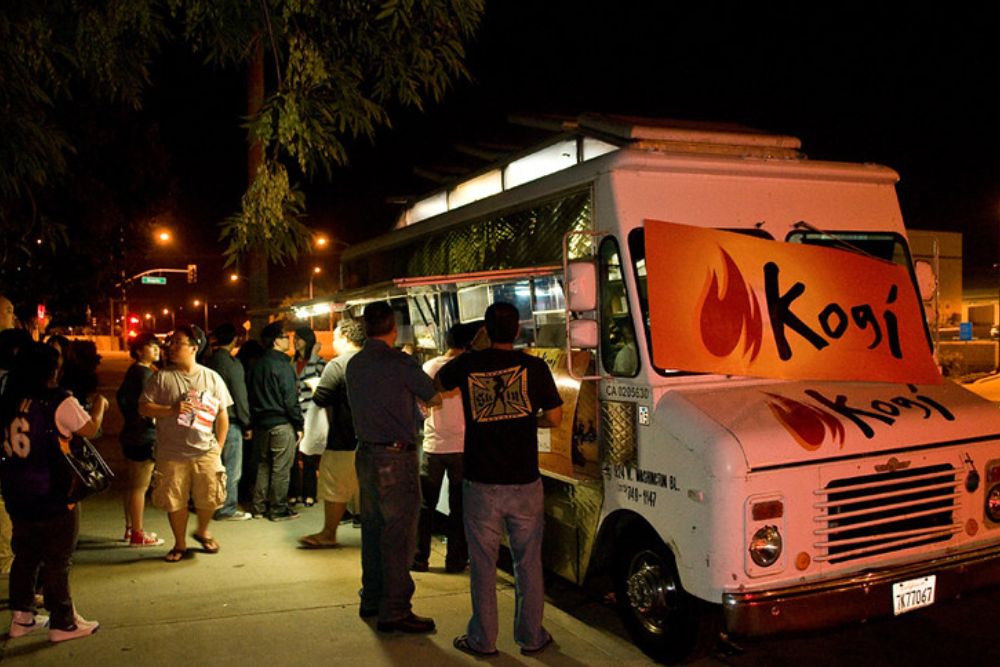
Kogi BBQ revolutionized the food truck scene when it hit Los Angeles streets in 2008 with Korean-Mexican fusion tacos. Chef Roy Choi’s truck became famous for combining Korean barbecue with Mexican street food and using Twitter to announce locations, earning the title of ‘America’s first viral eatery’ from Newsweek.
The truck spawned an entire movement and turned food trucks into cultural phenomena rather than just convenient lunch spots.
The Halal Guys, New York City
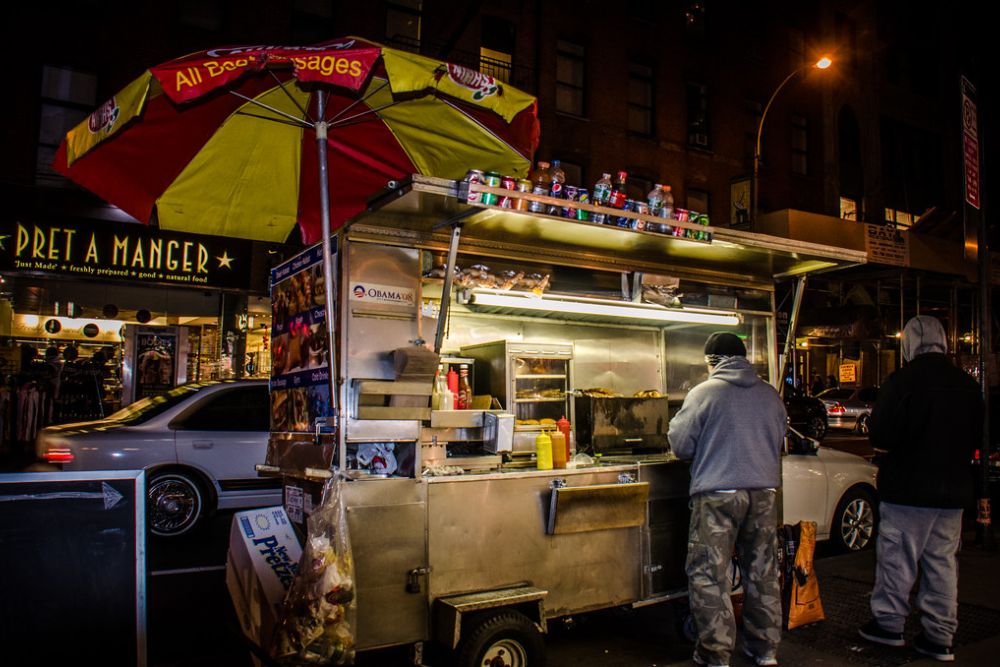
Starting as a hot dog cart in 1990 on the corner of 53rd Street and Sixth Avenue in Manhattan, The Halal Guys switched to serving chicken and rice in 1992. The cart became legendary for creating some of New York’s longest food lines, with people sometimes waiting hours for their famous chicken over rice covered in white sauce.
What began as a single cart now has locations worldwide and remains a pilgrimage site for tourists seeking authentic New York street food.
Like Travel Pug’s content? Follow us on MSN.
Franklin Barbecue, Austin
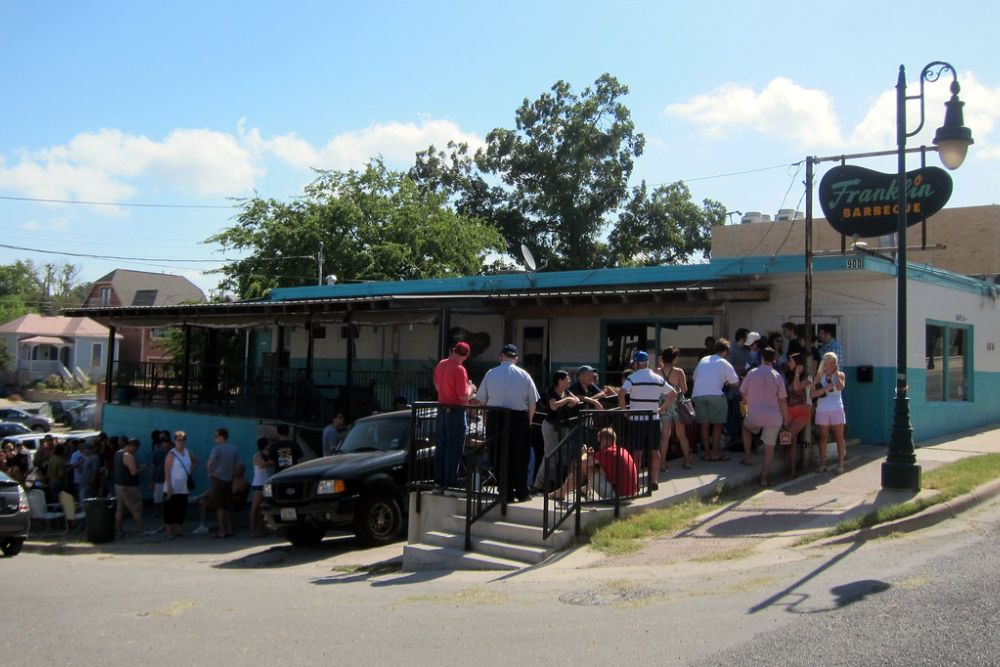
Aaron Franklin and his wife Stacy started selling barbecue from a trailer on the side of Interstate 35 in Austin in 2009. The tiny operation became so popular that they moved to a brick-and-mortar restaurant by 2011, and Franklin won the James Beard Foundation Award for Best Chef: Southwest in 2015.
People now travel from across the country to wait in lines that can stretch for hours, turning a simple barbecue joint into one of Texas’s most famous culinary destinations.
The Cinnamon Snail, New York/New Jersey
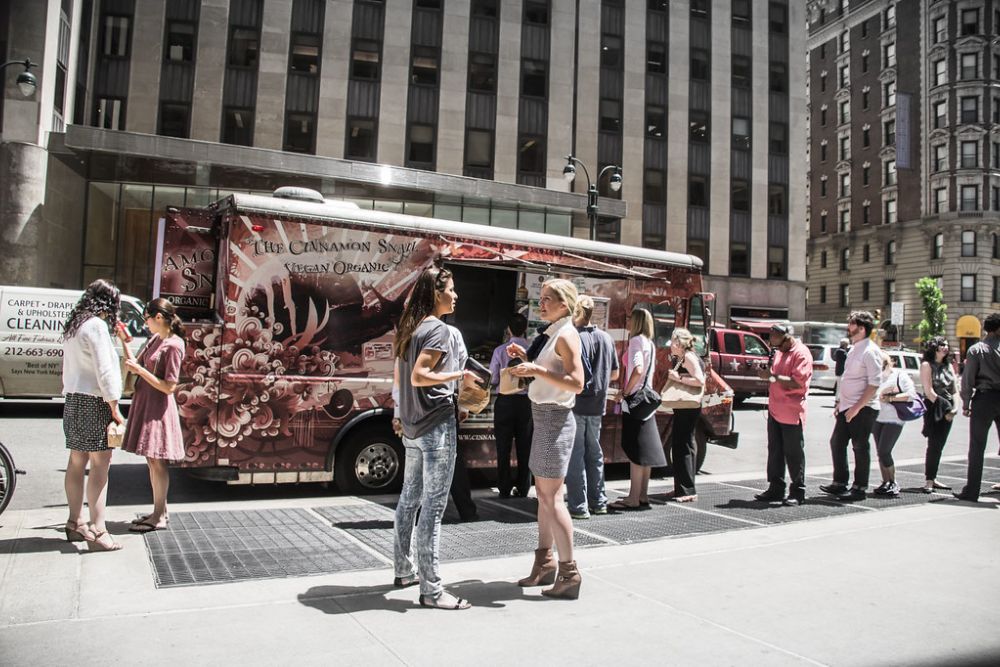
Founded on Valentine’s Day in 2010 by chef Adam Sobel, The Cinnamon Snail served inventive vegan doughnuts and creative dishes from a colorful food truck. In 2012, the truck won the coveted People’s Choice Vendy Award, beating out competitors that used animal products, despite being fully vegan.
The truck became a cult favorite among both vegans and omnivores, proving that plant-based food could draw massive crowds and change perceptions about vegan cuisine.
Roy Choi’s Fleet, Los Angeles
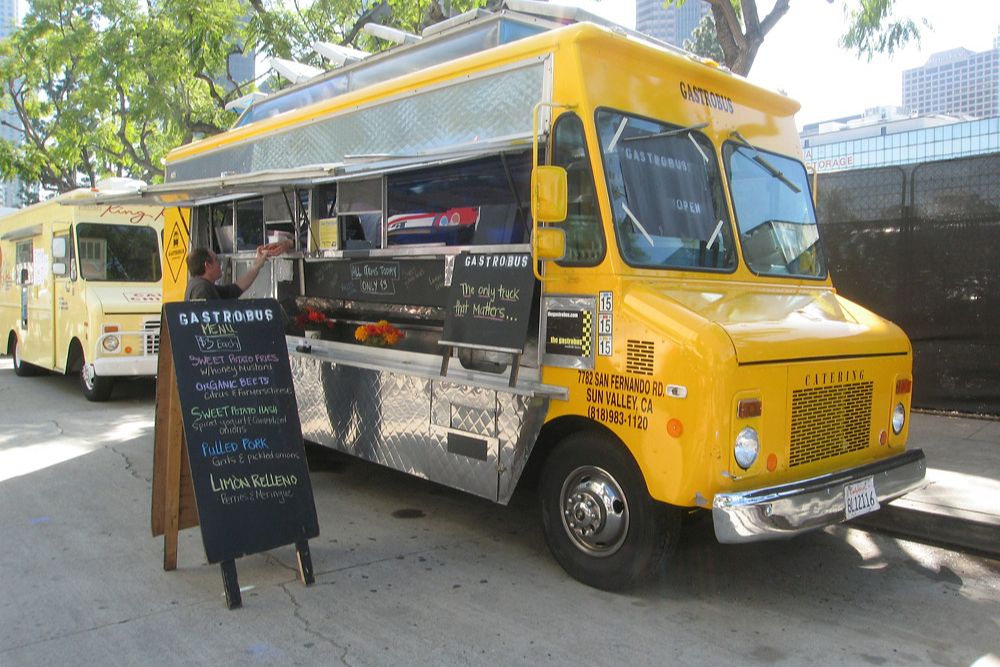
Beyond Kogi, Roy Choi expanded his empire with multiple concepts that became tourist draws in their own right. His various trucks and restaurant ventures turned him into a celebrity chef who represents Los Angeles street food culture.
Choi’s influence extends far beyond individual trucks, as he helped establish LA as America’s premier food truck destination.
Like Travel Pug’s content? Follow us on MSN.
World Food Trucks, Kissimmee

This isn’t a single truck but rather a massive food truck park in Kissimmee, Florida, featuring 80 top-tier food trucks in one location. Located near Orlando’s theme parks, World Food Trucks has become a tourist attraction in its own right, offering visitors the chance to sample international cuisines without leaving Central Florida.
The park represents the evolution of food trucks from mobile vendors to permanent tourist destinations.
Roti Rolls, Charleston

Roti Rolls is consistently voted Charleston’s best food truck and was, for a time, the South Carolina city’s only food truck. The ‘Green Machine’ serves roti parathas with Caribbean, Asian, and Indian-inspired fillings made from locally grown ingredients.
The truck has become synonymous with Charleston’s food scene, drawing visitors specifically seeking its unique fusion offerings.
The Cow and the Curd, Philadelphia
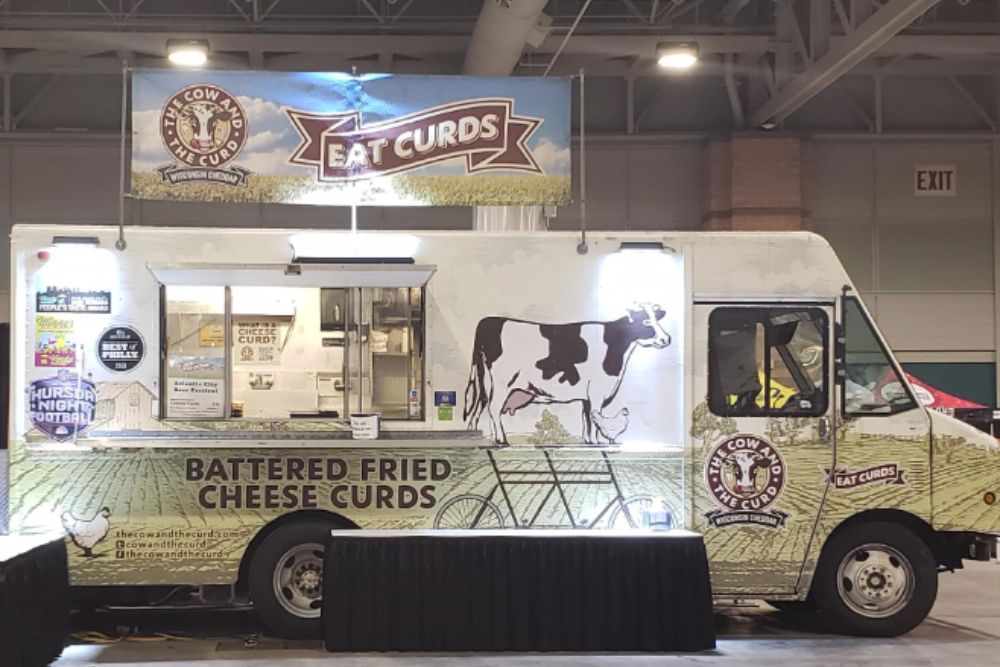
Founded by former teacher Robert Mitchell, The Cow and the Curd brought Midwestern fried cheese curds to Philadelphia, introducing locals to a regional favorite. An order of classic curds comes with three dipping sauces—sriracha mayo, chipotle ranch, and smoked ketchup.
The truck proves that regional specialties can become tourist attractions when transported to new cities.
Like Travel Pug’s content? Follow us on MSN.
Grilled Cheese & Co., Nashville
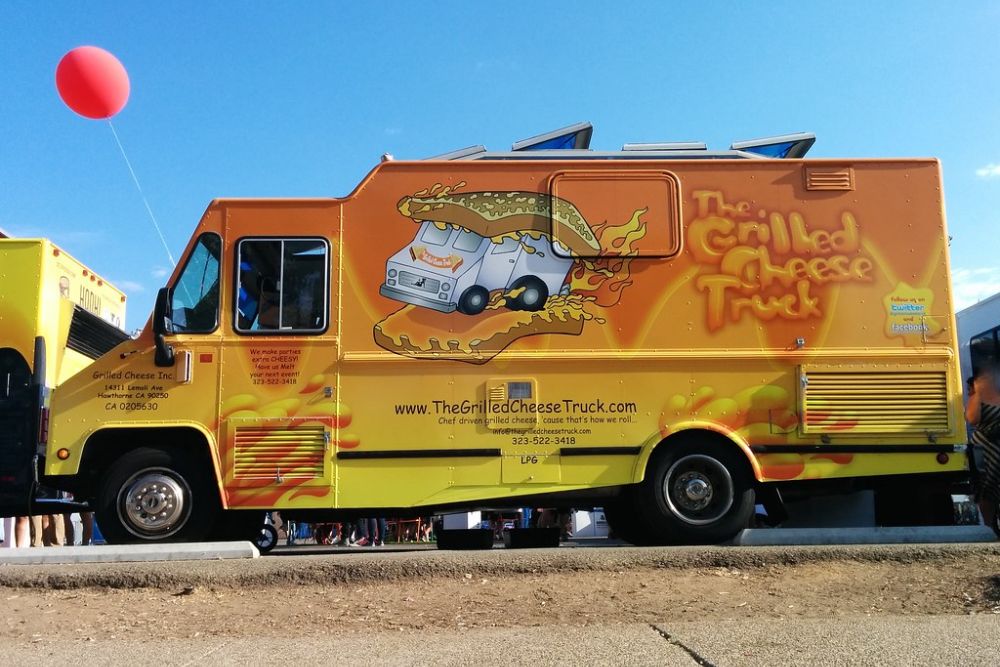
Co-owner Crystal De Luna-Bogan, a Le Cordon Bleu-trained chef with experience at fine-dining establishments, started this Nashville truck in 2010 with her husband, Joseph. The menu features specialty melts like the B&B of Tennessee with buttermilk cheddar cheese and bacon, plus the Pimento Mac & Cheese with house-made pimento cheese and macaroni.
The truck elevated the humble grilled cheese sandwich into gourmet territory, becoming a Music City destination.
Mariscos Jalisco, Los Angeles
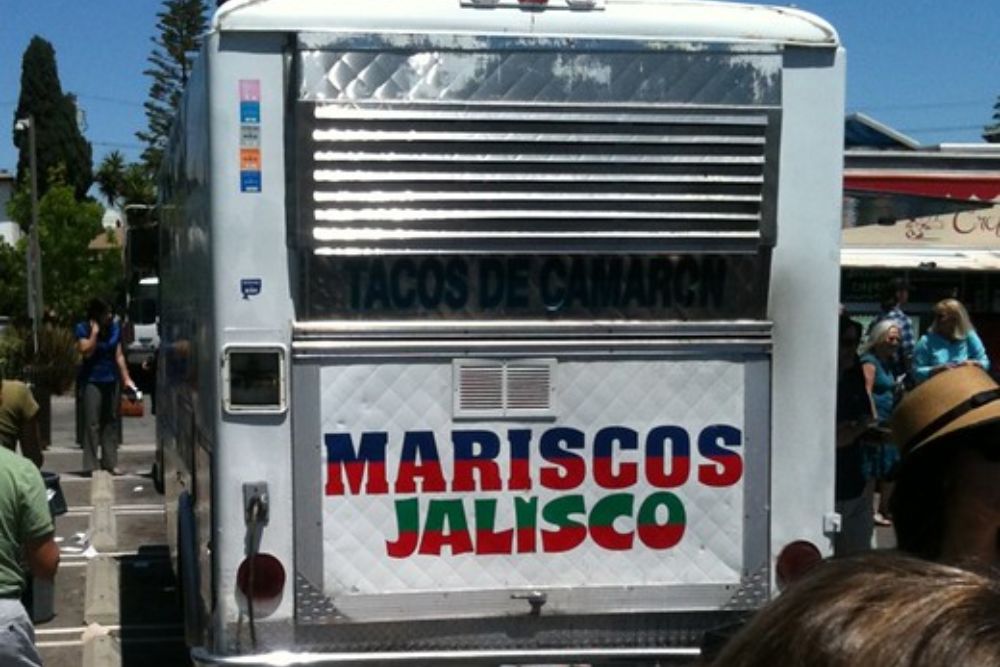
Located in Boyle Heights, Mariscos Jalisco is well-known and rightly hyped for their tacos dorado de camaron—shrimp enveloped in a fried corn tortilla and topped with thick avocado wedges and salsa. This truck embodies the authentic Mexican food truck culture that makes Los Angeles a world-class destination for street food.
Food enthusiasts make special trips just to experience their signature shrimp tacos.
East Side King, Austin
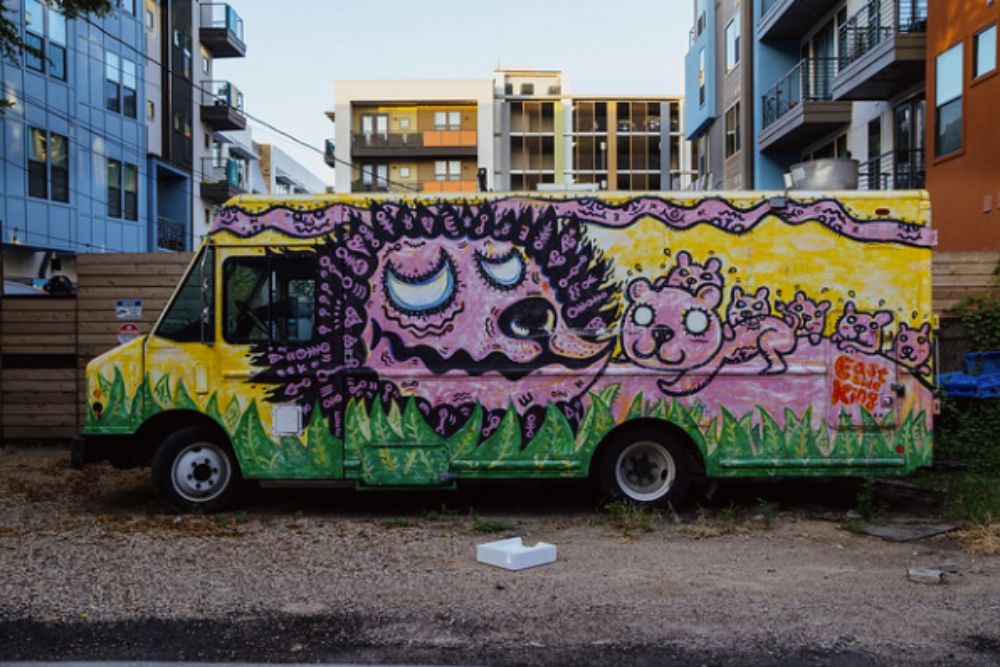
East Side King began as a food truck but gained such popularity that it expanded to multiple locations throughout Austin. The truck’s Japanese-inspired dishes and creative approach to street food helped establish Austin’s reputation as a food truck capital.
The original truck still draws lines of tourists and locals seeking innovative Asian fusion cuisine.
Like Travel Pug’s content? Follow us on MSN.
The Grilled Cheese Incident, Central Coast, California
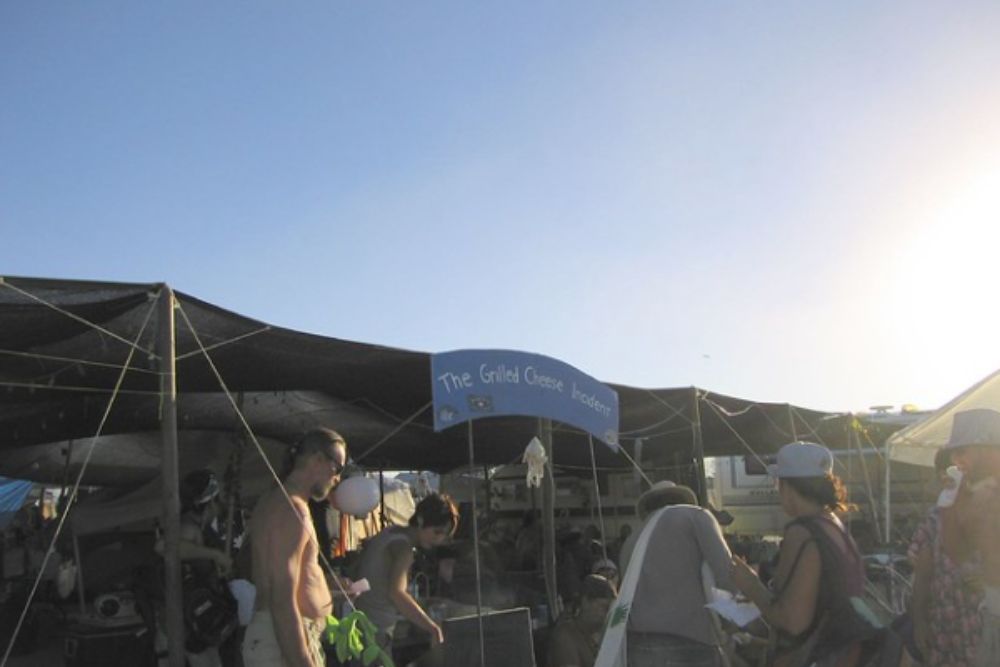
The Grilled Cheese Incident is San Luis Obispo County’s food truck featuring gourmet grilled cheese on local artisan bread. The menu includes creative combinations like ‘The Hangover’ with fried egg and bacon jam.
This truck brought gourmet food truck culture to California’s Central Coast, becoming a local attraction for visitors to the region.
Yeastie Boys, Los Angeles
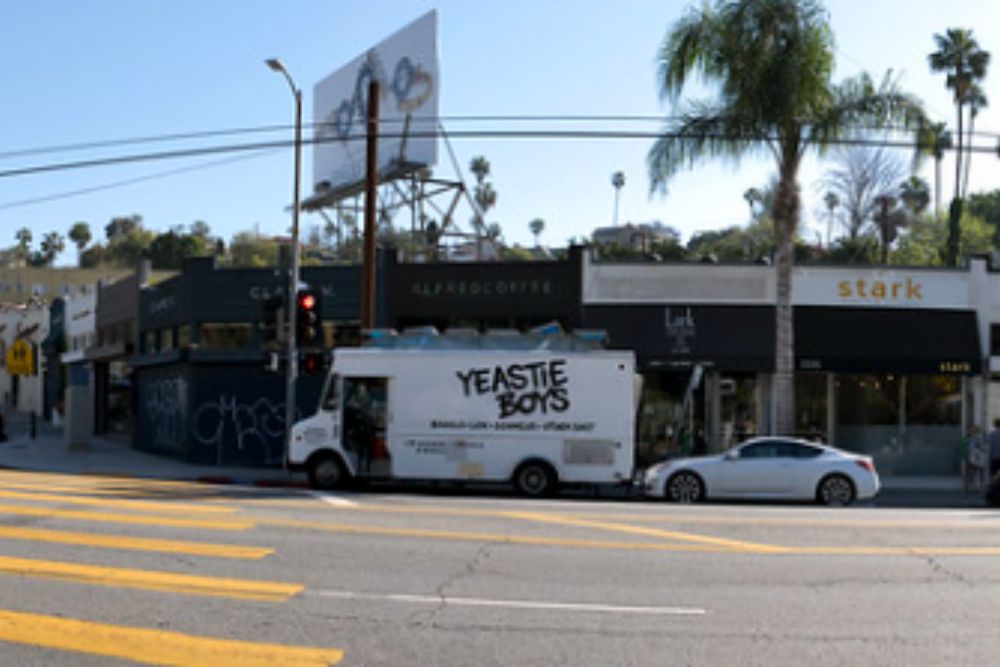
Yeastie Boys is Los Angeles’s first bagel truck, popping up in various parts of the city each day. The truck filled a unique niche by bringing New York-style bagels to different LA neighborhoods.
Its daily migration and social media presence turned it into a treasure hunt for tourists and locals seeking authentic bagels.
Salt & Straw, Portland
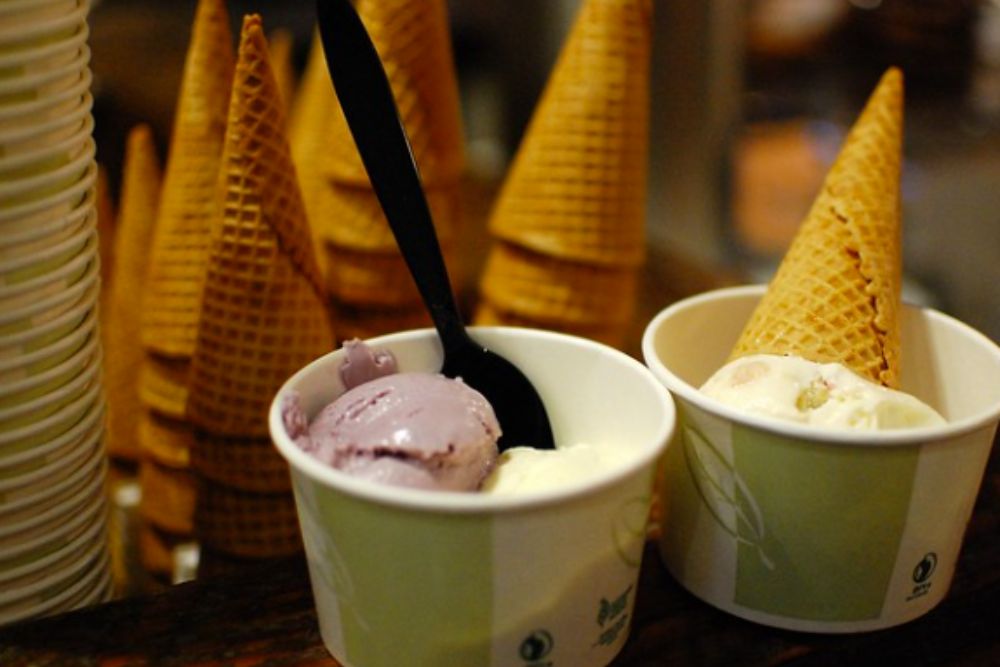
Starting life as a humble food cart in Portland, Salt & Straw became the holy grail of ice cream in the United States with its ‘farm-to-cone’ flavors, such as pear and blue cheese. The independently owned shop often has lines around the block, with tourists and locals happy to wait for unusual flavors.
The cart’s success led to multiple locations, but its food truck origins remain part of Portland’s street food legend.
Like Travel Pug’s content? Follow us on MSN.
Luke’s Lobster, Portland
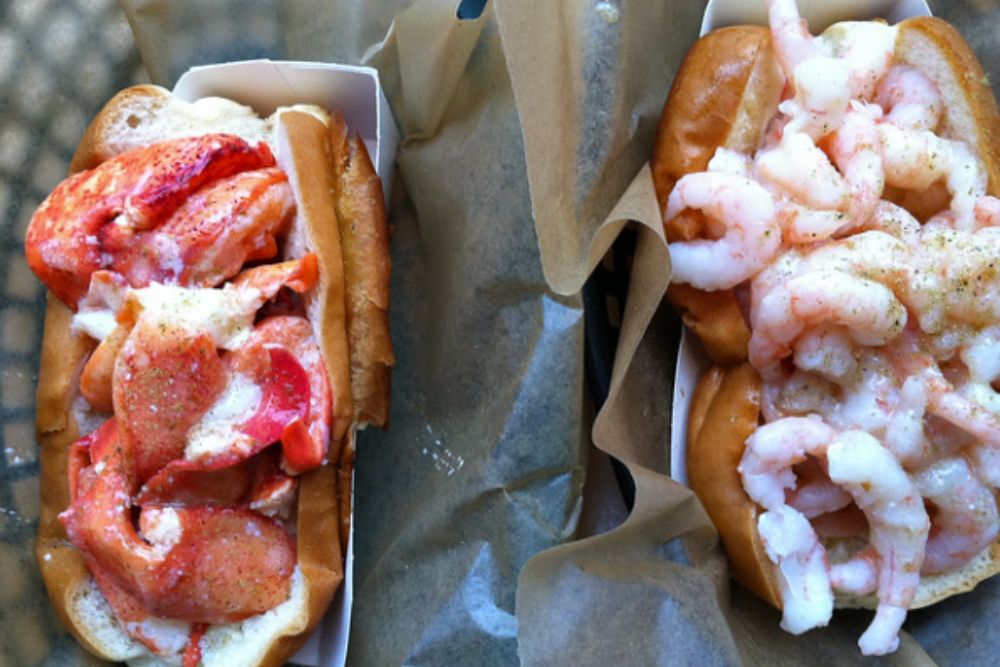
Started by Cape Elizabeth native Luke Holden, Luke’s Lobster debuted in New York City’s East Village in 2009 and went on to make its mark in 10 cities across the U.S. The chain started as a fast-casual shack, but the Portland location represents a homecoming to Maine’s working waterfront.
While now a restaurant, its food truck origins and Maine lobster rolls continue to draw tourists from around the world.
Fava Pot, Washington, D.C
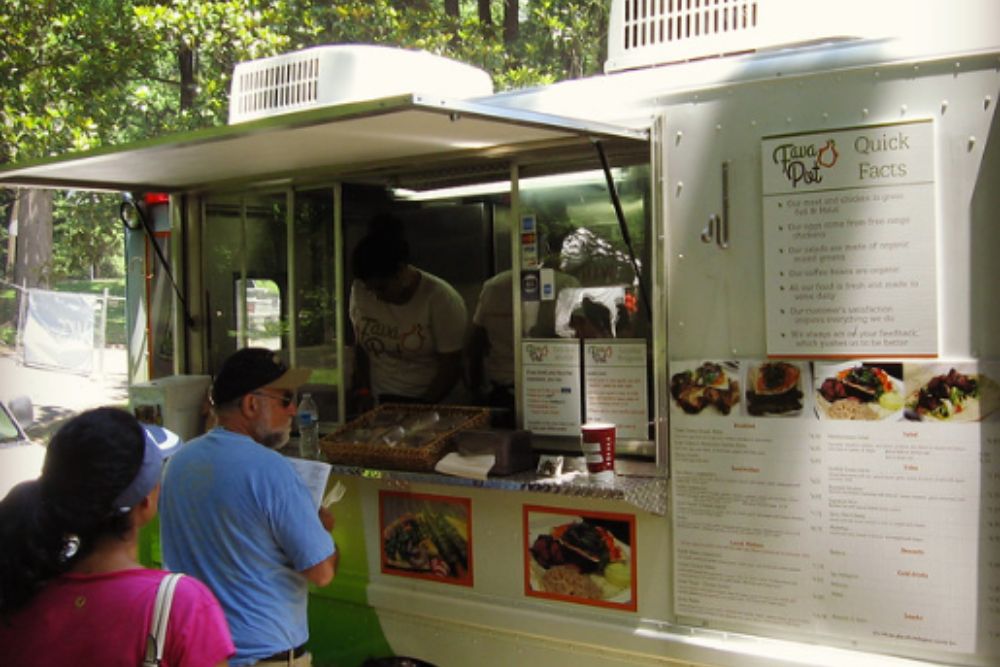
‘Eat Healthy for a Good Cause’ is the motto at Fava Pot, a beloved D.C. food truck. The truck represents Washington, D.C. ‘s diverse food truck scene, which serves both staffers and tourists on the National Mall.
DC’s food truck culture has become integral to the city’s dining landscape and tourist experience.
Hey Cupcake!, Austin

Hey Cupcake! Serves sweets from a food truck in Austin, representing the city’s diverse food truck scene that covers everything from pizza trucks to cupcake trucks. The brightly decorated truck became an Instagram favorite and tourist destination for visitors seeking Austin’s famous food truck culture.
Its success helped establish dessert trucks as viable tourist attractions.
Like Travel Pug’s content? Follow us on MSN.
Maximus/Minimus, Seattle
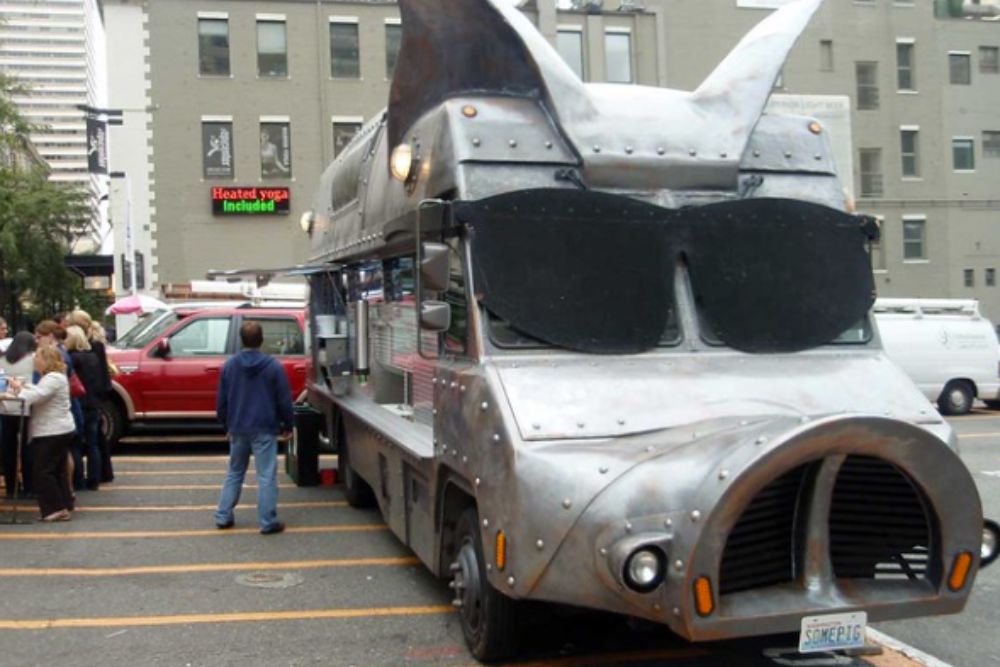
Maximus/Minimus is known for its acclaimed pulled pork sandwiches and represents Seattle’s popular food truck scene. Food trucks in Seattle pop up at festivals and street markets, with trucks like this one becoming integral to the city’s casual dining culture.
The truck helped establish Seattle as a major hub for food trucks on the West Coast.
Up ‘N Smoke BBQ Pit, Portland
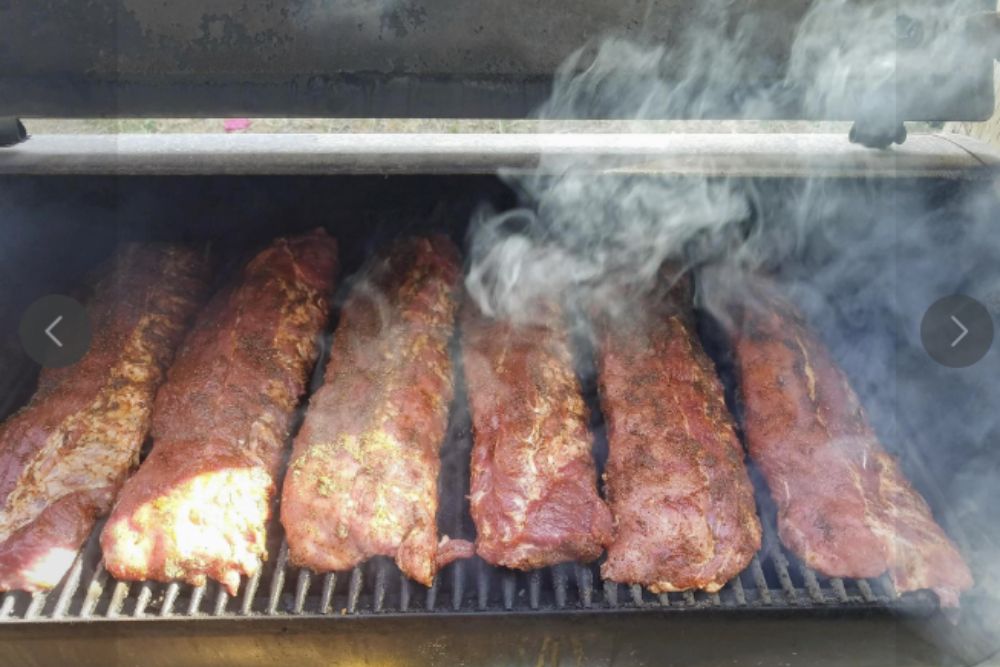
Up ‘N Smoke BBQ Pit serves pulled pork sandwiches, brisket, and chicken sliders, representing Portland’s flavor-packed food truck scene. The truck is part of Portland’s extensive network of over 600 independent vendors that have made the city synonymous with food cart culture.
Portland’s designation of food cart ‘pods’ turned individual trucks into collective tourist destinations.
Cheese Wizards, Seattle
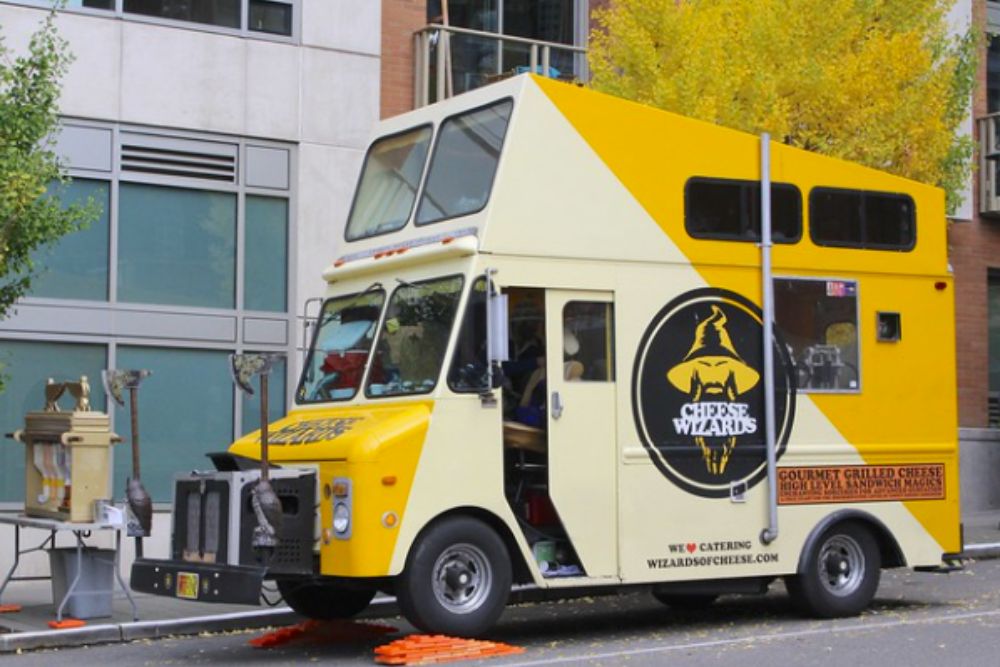
Cheese Wizards brings gourmet grilled cheese sandwiches to Seattle’s food truck scene, earning recognition as one of the best in the business for grilled cheese. The mobile kitchen is a unique representation of Seattle’s innovative approach to serving comfort food on wheels.
The truck demonstrates how even simple concepts like grilled cheese can become tourist attractions when executed with creativity and quality.
Like Travel Pug’s content? Follow us on MSN.
The Evolution Continues
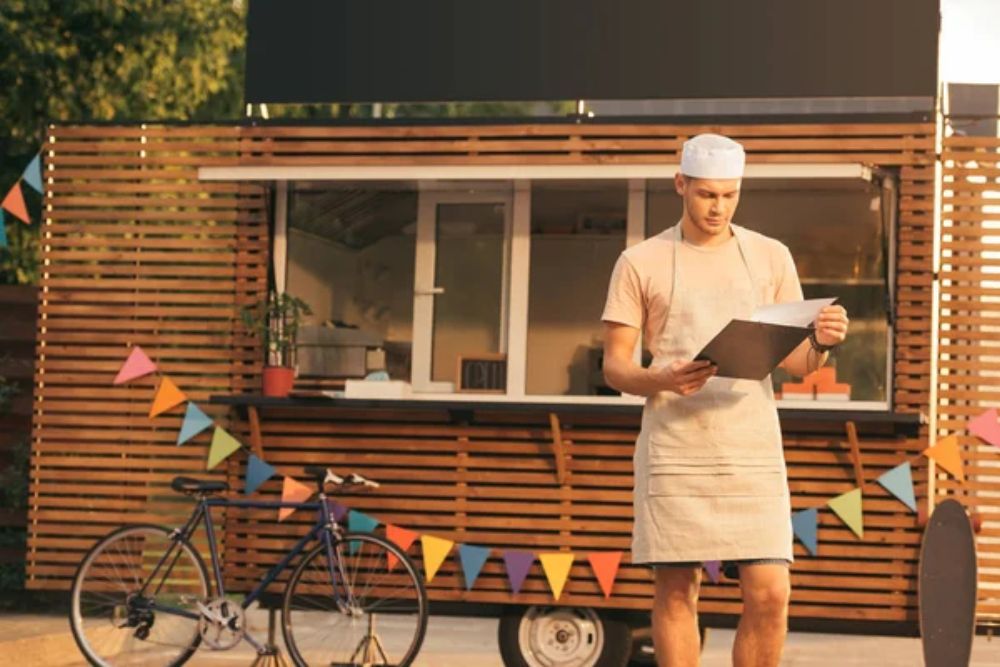
What distinguishes early food trucks from today’s mobile culinary empires is how social media and community building transformed them from convenience food into cultural phenomena. These 20 examples represent more than just successful businesses—they show how American food culture embraced mobility, creativity, and authenticity in ways that traditional restaurants couldn’t match.
From Kogi’s Twitter-fueled revolution to Franklin’s legendary lines, these trucks proved that the best food doesn’t always come from the fanciest kitchens, but from passionate cooks willing to serve great meals wherever people gather.
More from Travel Pug

- 20 Best Beach Towns in the Carolinas
- 13 Destinations Where Tourists Regularly Regret Their Trip
- 20 Destinations That Are More Magical Without an Itinerary
- 20 Underrated Adventures That Belong on Your Travel List
- 20 Cities Where You Should Just Wing It, No Planning Required
Like Travel Pug’s content? Follow us on MSN.
